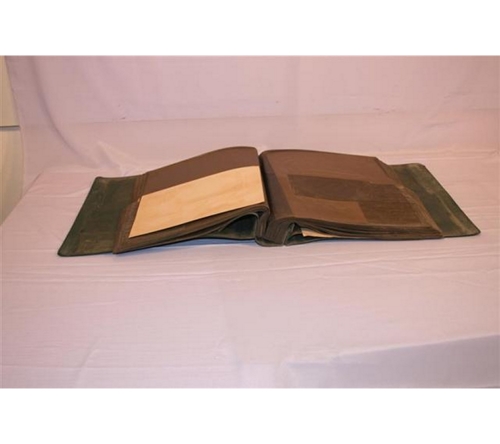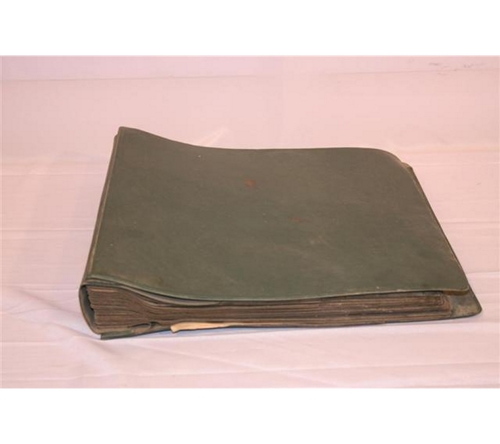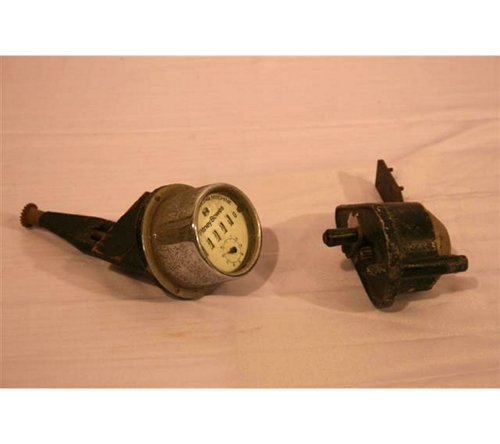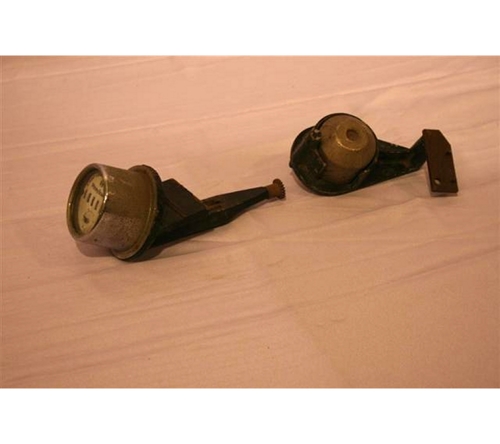Post Office Counter
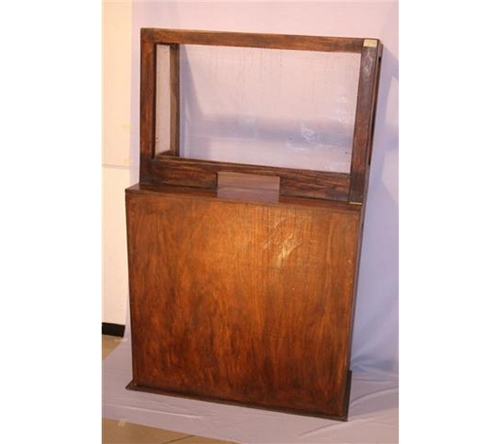
Post office counter is the window of NIPOST or any other postal establishment. Post office counter is where transactions are made.
Example (1) Selling of postage stamps (2) Registration of letters, delivery of registered mails, etc. This wooden post office counter dates back to 1852 when postal services were introduced in Lagos by the British Government.
Drop Bag Fitting
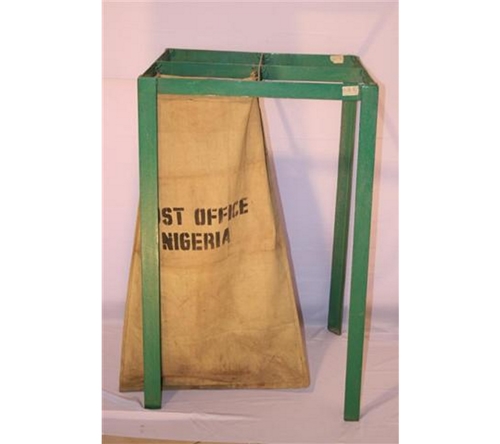
Drop bag fittings are well constructed metal devices fitted in mail bags where large postal packets and parcels are sorted according to their destinations. This came into use in the late 19th century.
Sorting Rack
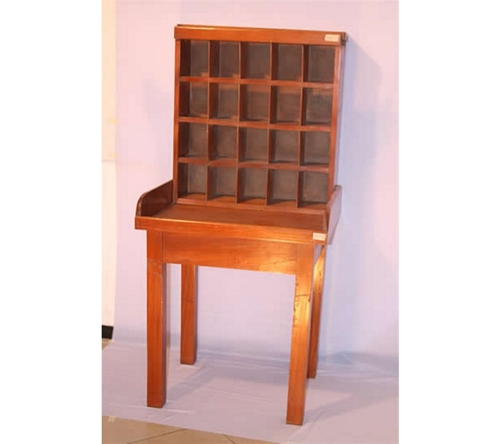
This is a wooden or metallic frame with rectangular pigeon holes for handling of outbound, Inbound and Local correspondences, going to private mail bags and are all separated/ sorted and kept in the rack awaiting final delivery to their respective addresses. This wooden frame was introduced when postal services were introduced to Lagos in 1852 by the British Government.
Old Mail Bags
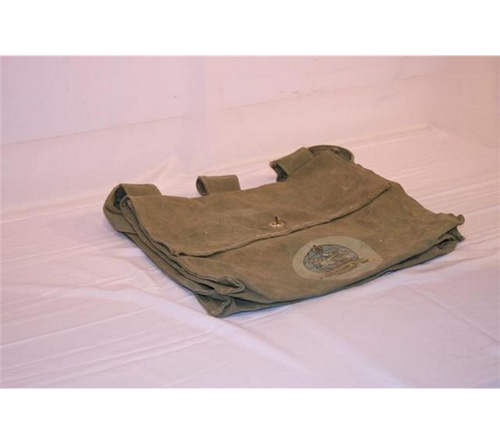
Old mail bags dates back to 1863. It was first made of leather satchels for free delivery service letter carriers to carry mails before the advent of parcel post in 1913 and in 1973 Leather satchel was replaced with Canvass ones.
Grand (T) Key
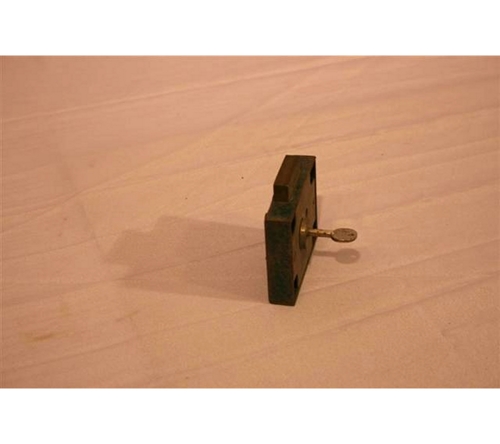
This is a type of a conventional door-lock key designed in T-shape and used to lock mails in their wooden box housing, and it dates back to 1852 when it was used at the Lagos post office.
511A Letter Scale
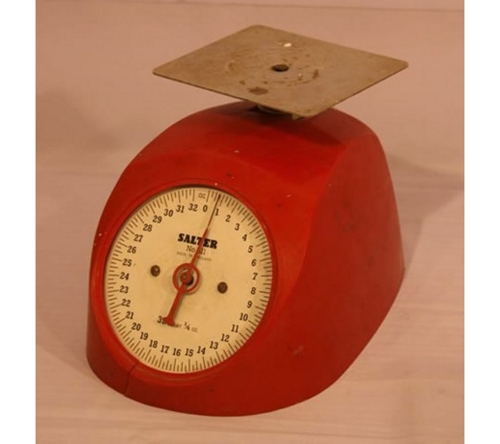
The 511A Letter Scale is a low cost mechanical Postal Scale manufactured by Salter in England for use in the mid-20th century. The key features of the scale include angled dial face for easier readability and ribbed letter platform to provide stability for weighing cylindrical parcels.
Salter 'scale' Improved Dynamometer
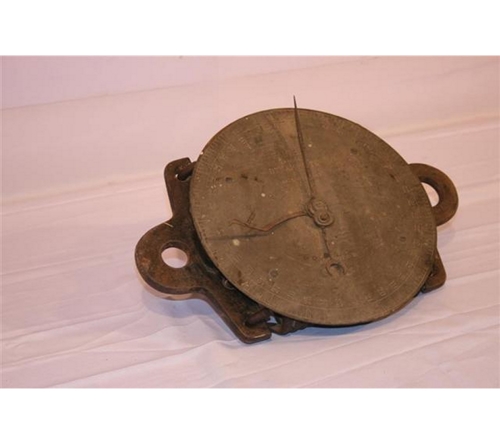
This is a 1920's brass faced 'Dynamometer', manufactured by Salter and made in England. It has a cast iron body with four large springs and two large apertures for fixing to the wire guide ropes. It was used to measure the weight of big mail bags and other postal item in the post offices. It was also used to measure the stress or strength on wire ropes on a huge Industrial land crane. The brass face is calibrated in 25lb units to 4500lb and is marked 'Salter Improved Dynamometer'.
Arnold Percision Scale
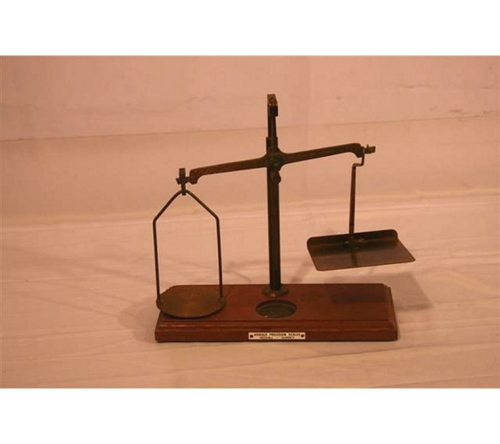
This is a mid-20th Century lacquered Brass Beam Postal Airmail Letter Balance called Arnold Precision Scales, used to weigh Airmail postal mails. It is a product of Redhill, Surrey, England.
Balance Spring Scale
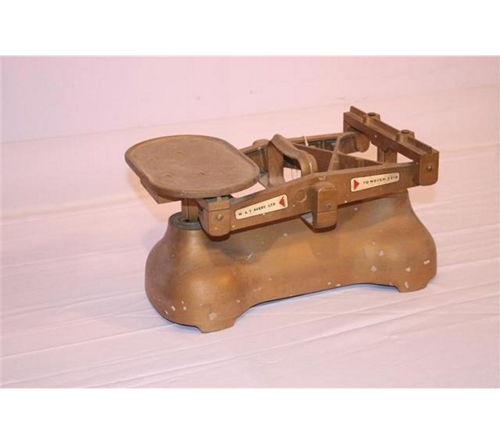
The Balance Spring Scale apparatus is simply a spring fixed at one end with a hook to attach an object at the other. It works by Hooke's Law, which states that the force needed to extend a spring is proportional to the distance that spring is extended from its rest position. Therefore the scale markings on the spring scale are equally spaced. The first spring balance scale in Britain was made around 1770 by Richard Salter of Bilston, near West Bromwich.
Post Office Guide
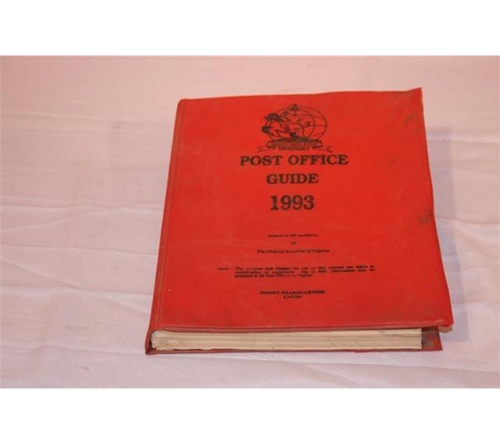
This is a printed item in the form of books sold or given to customers as a guide meant to inform the customers about the types of services offered by the postal service of any country. The post office guide also has the post office box addresses and private mail bags of every individual, private and public companies or organizations in the country. It was put in use in the early 20th century.
511A Letter Scale

The 511A Letter Scale is a low cost mechanical Postal Scale manufactured by Salter in England for use in the mid-20th century. The key features of the scale include angled dial face for easier readability and ribbed letter platform to provide stability for weighing cylindrical parcels.
Salter 'scale' Improved Dynamometer

This is a 1920's brass faced 'Dynamometer', manufactured by Salter and made in England. It has a cast iron body with four large springs and two large apertures for fixing to the wire guide ropes. It was used to measure the weight of big mail bags and other postal item in the post offices. It was also used to measure the stress or strength on wire ropes on a huge Industrial land crane. The brass face is calibrated in 25lb units to 4500lb and is marked 'Salter Improved Dynamometer'.
Arnold Percision Scale

This is a mid-20th Century lacquered Brass Beam Postal Airmail Letter Balance called Arnold Precision Scales, used to weigh Airmail postal mails. It is a product of Redhill, Surrey, England.
Balance Spring Scale

The Balance Spring Scale apparatus is simply a spring fixed at one end with a hook to attach an object at the other. It works by Hooke's Law, which states that the force needed to extend a spring is proportional to the distance that spring is extended from its rest position. Therefore the scale markings on the spring scale are equally spaced. The first spring balance scale in Britain was made around 1770 by Richard Salter of Bilston, near West Bromwich.
Post Office Guide

This is a printed item in the form of books sold or given to customers as a guide meant to inform the customers about the types of services offered by the postal service of any country. The post office guide also has the post office box addresses and private mail bags of every individual, private and public companies or organizations in the country. It was put in use in the early 20th century.
Ideal Office Reckoner Book
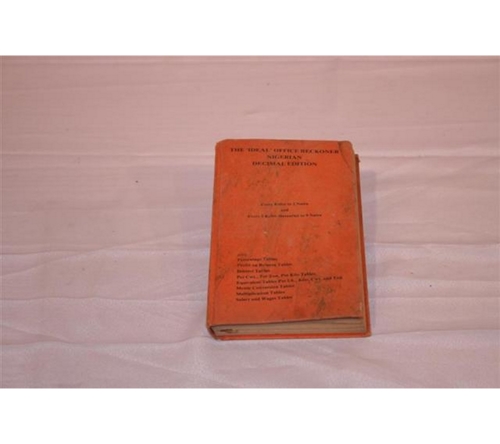
This was introduced in England in 1908. The ideal office reckoner describes the rising by pence to 3 pounds published as RISING BY PENCE TO 3 POUNDS London Gall & Inglis. It has tables of Discount, Interest, Wages and Foreign Money. It includes year calendar, etc.
Express Delivery Docket
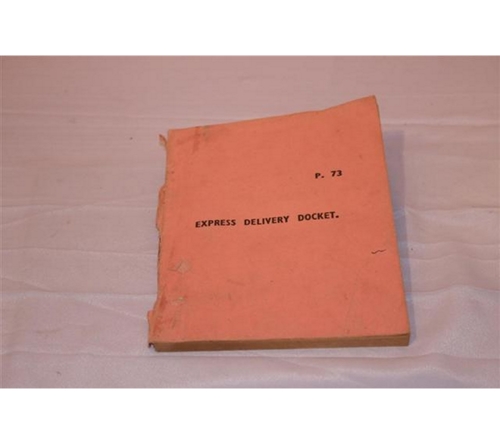
Express delivery docket is a paper statement that should match the goods delivered. It is a fast and economical delivery services that guaranteed next business day delivery of postal parcel when sending it through the express post network. It came into use in the late 1860s.
Money Order Paid Journal
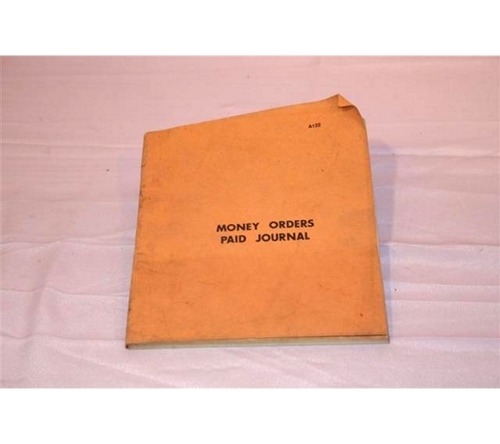
A money order paid journal is a paper statement which takes into account all the money order transactions. Money Order is a payment order for a pre-specified amount of money. Because it is required that the funds be prepaid for the amount shown on it, it is a more trusted method of payment than a cheque. The money order system was established by a private firm in Great Britain in 1792. By 1836, the Post Office noted the success and profitability, and it took over the system in 1838.
Post Office Savings Bank Rules Book
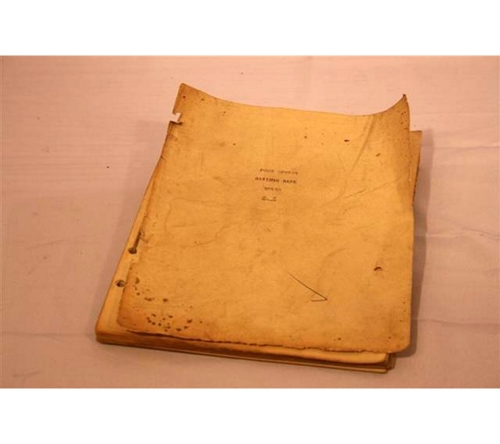
This is a savings bank book which contains the rules and records used to record bank transactions on a deposit account in a post office. It was introduced at about the same time as the Money Order Paid Journal in 1836.
Ideal Office Reckoner Book

This was introduced in England in 1908. The ideal office reckoner describes the rising by pence to 3 pounds published as RISING BY PENCE TO 3 POUNDS London Gall & Inglis. It has tables of Discount, Interest, Wages and Foreign Money. It includes year calendar, etc.
Express Delivery Docket

Express delivery docket is a paper statement that should match the goods delivered. It is a fast and economical delivery services that guaranteed next business day delivery of postal parcel when sending it through the express post network. It came into use in the late 1860s.
Money Order Paid Journal

A money order paid journal is a paper statement which takes into account all the money order transactions. Money Order is a payment order for a pre-specified amount of money. Because it is required that the funds be prepaid for the amount shown on it, it is a more trusted method of payment than a cheque. The money order system was established by a private firm in Great Britain in 1792. By 1836, the Post Office noted the success and profitability, and it took over the system in 1838.
Post Office Savings Bank Rules Book

This is a savings bank book which contains the rules and records used to record bank transactions on a deposit account in a post office. It was introduced at about the same time as the Money Order Paid Journal in 1836.
Postal Order Stock
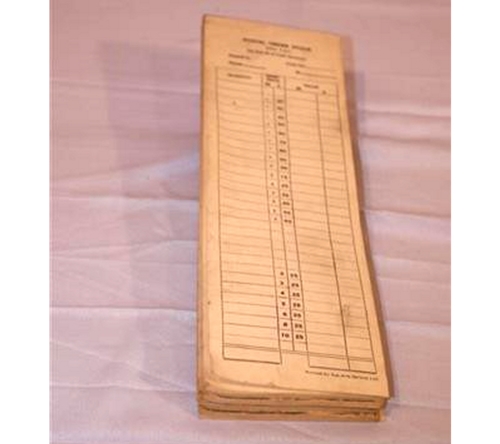
A Postal Order Stock introduced around 1836 is a written order for the payment of a sum to a named individual; obtainable and payable at a post office which is always documented in a postal order stock book for record keeping purposes.
IMPERIAL TYPEWRITER
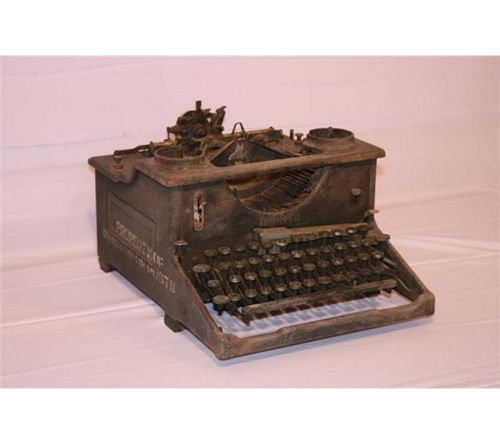
A typewriter is a device that prints letters one at a time on paper using ink when the user presses keys on a keyboard. In 1902, American inventor Hidalgo Moya, arrived in Leicester, carrying his handmade model of what, at the time, he considered a revolutionary design of typewriter. A local businessman, Mr J.G. Chattaway, was persuaded to finance the opening of a small factory in Garton Street, Leicester, where The Moya Typewriter Company could develop, manufacture and market their new machine. The main aim was to produce a workable typewriter that would sell for five guineas. This he achieved but the machine was uneconomical to produce and not very successful. An improved second model was also unsuccessful. By 1908 Moya needed more financial assistance for the company to survive. Two local businessmen stepped in to back a successful third design which became the Imperial Model A, thus the Imperial Typewriter Company came into existence to become one of the world's leading typewriter manufacturers. Different models of the imperial typewriter were manufactured.
Pitney Bowes Hand Operating Machine
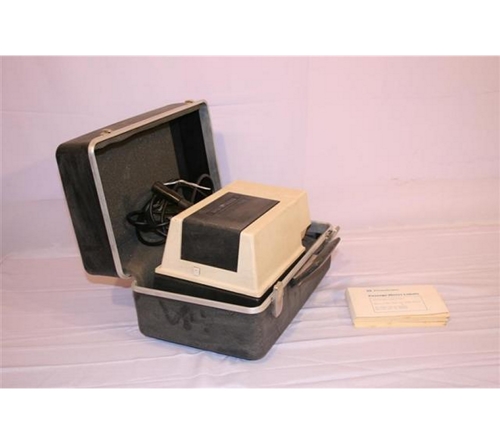
In 1902, Arthur Pitney patented his first "double-locking" hand-cranked postage-stamping machine, and, with patent attorney Eugene A. Rummler, founded the Pitney Postal Machine Company. In 1908, English emigrant and founder of the Universal Stamping Machine Company Walter Bowes began providing stamp-cancelling machines to the United States Postal Service.
Leather Cash Bag
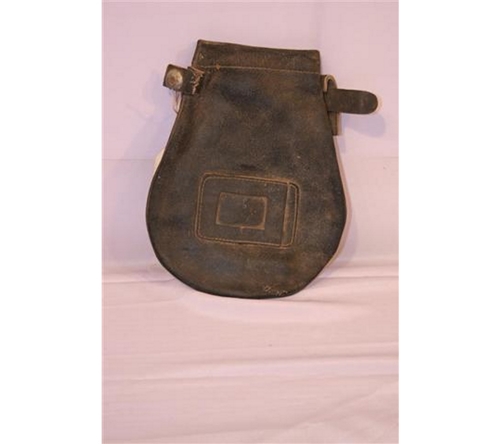
This is the original leather postal messenger bag. It is oil-tanned leather and it was used by U.S. postal workers to carry mails from 1868 to the 1970s (when they switched over to blue nylon bags). They are hand-oiled, hand-stained, hand-riveted, and sewn in the techniques of old. It was made to get better and better as the years go by.
Pitney Bowes Hand Operating Machine

In 1902, Arthur Pitney patented his first "double-locking" hand-cranked postage-stamping machine, and, with patent attorney Eugene A. Rummler, founded the Pitney Postal Machine Company. In 1908, English emigrant and founder of the Universal Stamping Machine Company Walter Bowes began providing stamp-cancelling machines to the United States Postal Service.
Leather Cash Bag

This is the original leather postal messenger bag. It is oil-tanned leather and it was used by U.S. postal workers to carry mails from 1868 to the 1970s (when they switched over to blue nylon bags). They are hand-oiled, hand-stained, hand-riveted, and sewn in the techniques of old. It was made to get better and better as the years go by.
Lead Seal Presses
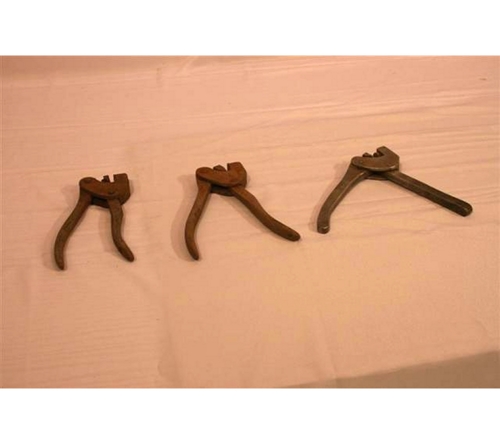
Wax seals have been applied to official and other documents for over a thousand years. The seal-die that is pressed into the sealing wax is called a matrix. Modern discussions of medieval wax seals make references to seal presses. The earliest seal press designed (apparently) to emboss a seal onto paper rather than wax that we have identified was made in 1782.
Skeleton Date Stamp
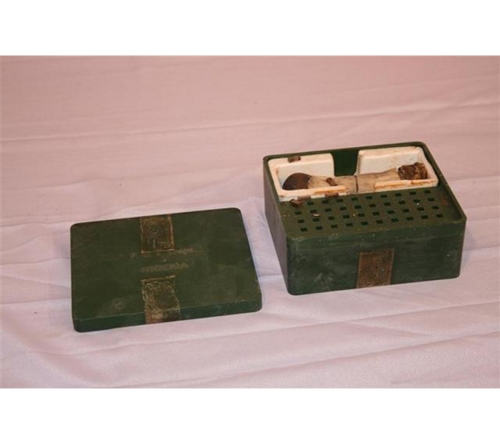
This skeleton Date Stamp was used when the previous ˜First Type date stamp had been sent for re-cutting, and was made up from movable letters in a skeleton frame. The date stamp is also known and usually come in 5 basic colours. The skeleton is in fact dated 1st November 1845. But the Skeleton date stamp was suggested as being known between 29th October 1845 and 10th November 1845.
Felt Stamp
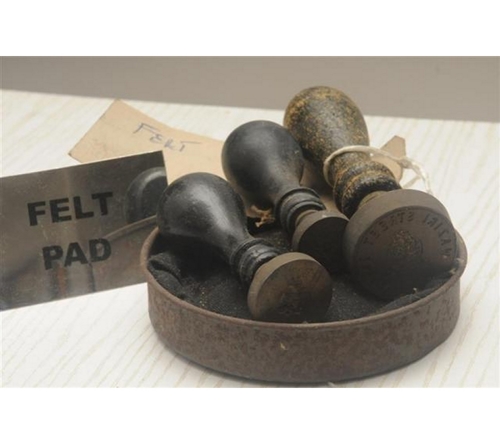
This is commonly found in office supply stores and post offices. They consist of a thick felt base covered with fabric -black, blue, green, red, and purple. The basic supply for any die-hard stamp artist is the stamp and ink. In 1880, B.G. Volger pioneered stamp pads when he poured the gelatin into boxes and covered them with felt. By 1908 he perfected a formula for quick drying, non-smear ink and eliminated the odour. Today there are many different kinds of inks and stamp pads sold in the market among which is the Felt Stamp Pad -- commonly found in office supply stores.
Rubber Stamping Pad
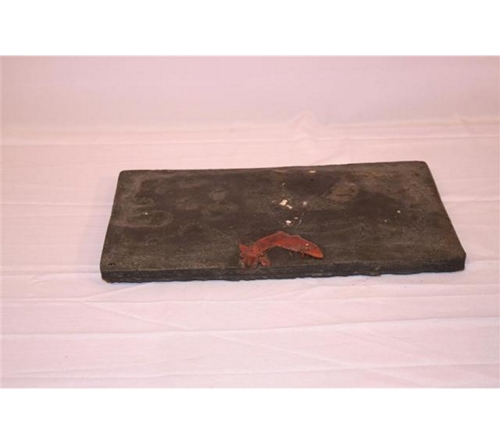
A stamp pad is the device that has ink for the rubber stamp. Rubber stamps are considered a marking device. Ever since the first person put stamped image to paper, rubber-stamping has gone through thousands of changes and uses. Rubber Stamping Pad was first used in 1866; this was when in 1866, James Orton Woodruff started experimenting with a vulcanizer, trying to make some letter molds, and after his experiments with the 'dental pot', the first quality rubber stamps were created. The first major place to use the stamp was the US Post Office. By the year 1938, the Post Office had over 170,000 rubberstamps to hand cancels the mail.
Fire Blanket

Before fire extinguishers were invented by George Manby in 1813, fire blankets were used for over 100 years before 1813 to put out small fires. Fire blanket is a safety device designed to extinguish small incipient (starting) fires. It consists of a sheet of fire retardant material which is placed over a fire in order to smother it. Various types of fire blanket are given below;
i. Small fire blankets: such as for use in kitchens and around the home, are usually made of fibreglass and sometimes Kevlar, and are folded in to a quick-release container for ease of storage.
ii. Larger fire blankets are for use in laboratory and industrial situations are often made of wool. These blankets are usually mounted in vertical quick-release cabinets so that they can be easily pulled out and wrapped round a person whose clothes are on fire.
Lead Seal Presses

Wax seals have been applied to official and other documents for over a thousand years. The seal-die that is pressed into the sealing wax is called a matrix. Modern discussions of medieval wax seals make references to seal presses. The earliest seal press designed (apparently) to emboss a seal onto paper rather than wax that we have identified was made in 1782.
Skeleton Date Stamp

This skeleton Date Stamp was used when the previous ˜First Type date stamp had been sent for re-cutting, and was made up from movable letters in a skeleton frame. The date stamp is also known and usually come in 5 basic colours. The skeleton is in fact dated 1st November 1845. But the Skeleton date stamp was suggested as being known between 29th October 1845 and 10th November 1845.
Felt Stamp

This is commonly found in office supply stores and post offices. They consist of a thick felt base covered with fabric -black, blue, green, red, and purple. The basic supply for any die-hard stamp artist is the stamp and ink. In 1880, B.G. Volger pioneered stamp pads when he poured the gelatin into boxes and covered them with felt. By 1908 he perfected a formula for quick drying, non-smear ink and eliminated the odour. Today there are many different kinds of inks and stamp pads sold in the market among which is the Felt Stamp Pad -- commonly found in office supply stores.
Rubber Stamping Pad

A stamp pad is the device that has ink for the rubber stamp. Rubber stamps are considered a marking device. Ever since the first person put stamped image to paper, rubber-stamping has gone through thousands of changes and uses. Rubber Stamping Pad was first used in 1866; this was when in 1866, James Orton Woodruff started experimenting with a vulcanizer, trying to make some letter molds, and after his experiments with the 'dental pot', the first quality rubber stamps were created. The first major place to use the stamp was the US Post Office. By the year 1938, the Post Office had over 170,000 rubberstamps to hand cancels the mail.
Fire Blanket

Before fire extinguishers were invented by George Manby in 1813, fire blankets were used for over 100 years before 1813 to put out small fires. Fire blanket is a safety device designed to extinguish small incipient (starting) fires. It consists of a sheet of fire retardant material which is placed over a fire in order to smother it. Various types of fire blanket are given below;
i. Small fire blankets: such as for use in kitchens and around the home, are usually made of fibreglass and sometimes Kevlar, and are folded in to a quick-release container for ease of storage.
ii. Larger fire blankets are for use in laboratory and industrial situations are often made of wool. These blankets are usually mounted in vertical quick-release cabinets so that they can be easily pulled out and wrapped round a person whose clothes are on fire.
Hurricane Lamp Bulb
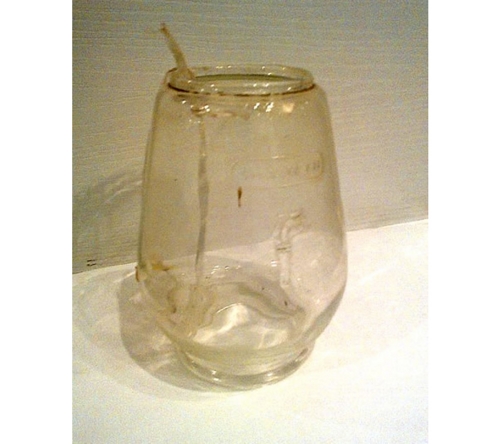
Also called tornado lantern is an oil lantern having a glass chimney with a perforated metal lid that permits the egress of air but protects the flame from high winds and used usually on shipboard and to mark outdoor construction projects or outdoor activities . The invention of the Hurricane Lamp dates back to 1780, when Francois-Pierre Aime Argand, son of a Swiss watchmaker, was struck with a bright new idea. He invented an oil lamp with a glass chimney and a control knob. He realized that a cylindrical wick which allowed air to flow both through and around it would produce a brighter light. Whale oil or olive oil was typically used as the fuel for the new lamp.
Bag Opening Scissors
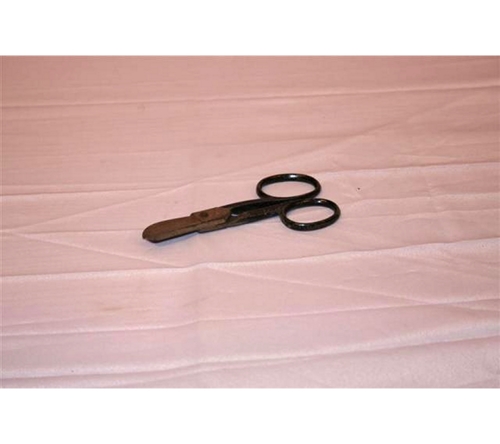
This is a cutting instrument for paper, cloth, bag, etc., consisting of two blades, each having a ring-shaped handle, that are so pivoted together that their sharp edges work one against the other.
No one knows who invented the first pair of scissors. However, scissors were probably invented in Ancient Egypt in 1500BC. They were ˜spring scissors with two bronze blades connected at the handles by a thin strip of bronze.
Standard Rapid Machine
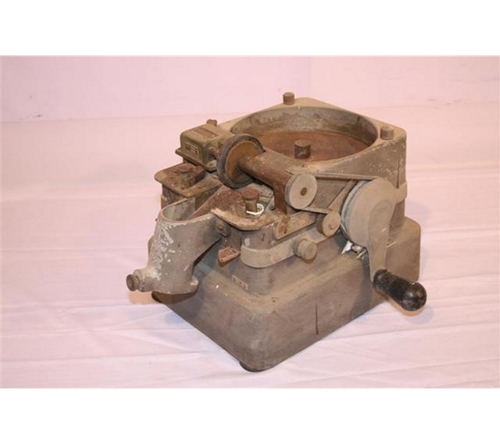
These are addressing machines used to print names and addresses on newspapers, mailing labels, envelopes, form letters, and other items. The earliest addressing machines appear to have been used by publishers of periodicals, among others. These machines eventually led to a considerable savings in clerical labour for other companies with large mailing lists, such as insurance companies and companies that used direct mail advertising. The earliest known patent for an addressing machine was awarded to a Canadian, Robert Dick, in 1859.
Iron Weight
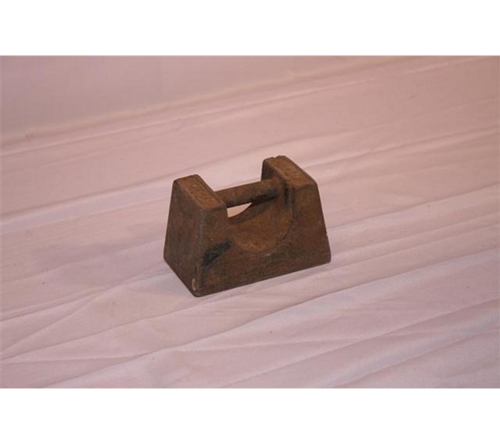
This is a metal weight used in the field by state and local weights and measures officials in the examination of weighing and measuring devices used in commerce and also used to weigh postal parcels from 1860s. Ancient Greeks and other civilizations invented the early iron weights.
Scanna LP 9000M
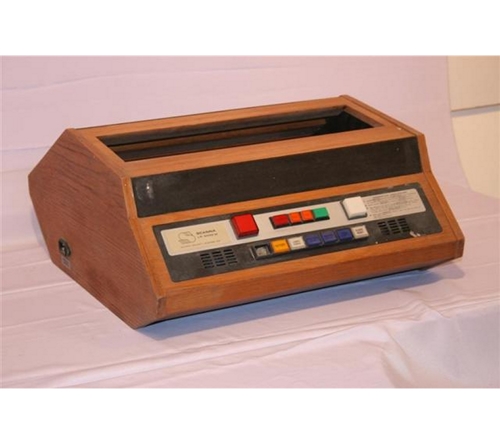
This is a desktop electronic mail scanner for mail and parcels up to 2.5 (6cm) thick (about the size of a standard telephone directory). This model by the company: SCANNA SECURITY SYSTEMS LTD, LONDON, ENGLAND was made in 1977.
Hurricane Lamp Bulb

Also called tornado lantern is an oil lantern having a glass chimney with a perforated metal lid that permits the egress of air but protects the flame from high winds and used usually on shipboard and to mark outdoor construction projects or outdoor activities . The invention of the Hurricane Lamp dates back to 1780, when Francois-Pierre Aime Argand, son of a Swiss watchmaker, was struck with a bright new idea. He invented an oil lamp with a glass chimney and a control knob. He realized that a cylindrical wick which allowed air to flow both through and around it would produce a brighter light. Whale oil or olive oil was typically used as the fuel for the new lamp.
Bag Opening Scissors

This is a cutting instrument for paper, cloth, bag, etc., consisting of two blades, each having a ring-shaped handle, that are so pivoted together that their sharp edges work one against the other.
No one knows who invented the first pair of scissors. However, scissors were probably invented in Ancient Egypt in 1500BC. They were ˜spring scissors with two bronze blades connected at the handles by a thin strip of bronze.
Standard Rapid Machine

These are addressing machines used to print names and addresses on newspapers, mailing labels, envelopes, form letters, and other items. The earliest addressing machines appear to have been used by publishers of periodicals, among others. These machines eventually led to a considerable savings in clerical labour for other companies with large mailing lists, such as insurance companies and companies that used direct mail advertising. The earliest known patent for an addressing machine was awarded to a Canadian, Robert Dick, in 1859.
Iron Weight

This is a metal weight used in the field by state and local weights and measures officials in the examination of weighing and measuring devices used in commerce and also used to weigh postal parcels from 1860s. Ancient Greeks and other civilizations invented the early iron weights.
Scanna LP 9000M

This is a desktop electronic mail scanner for mail and parcels up to 2.5 (6cm) thick (about the size of a standard telephone directory). This model by the company: SCANNA SECURITY SYSTEMS LTD, LONDON, ENGLAND was made in 1977.
